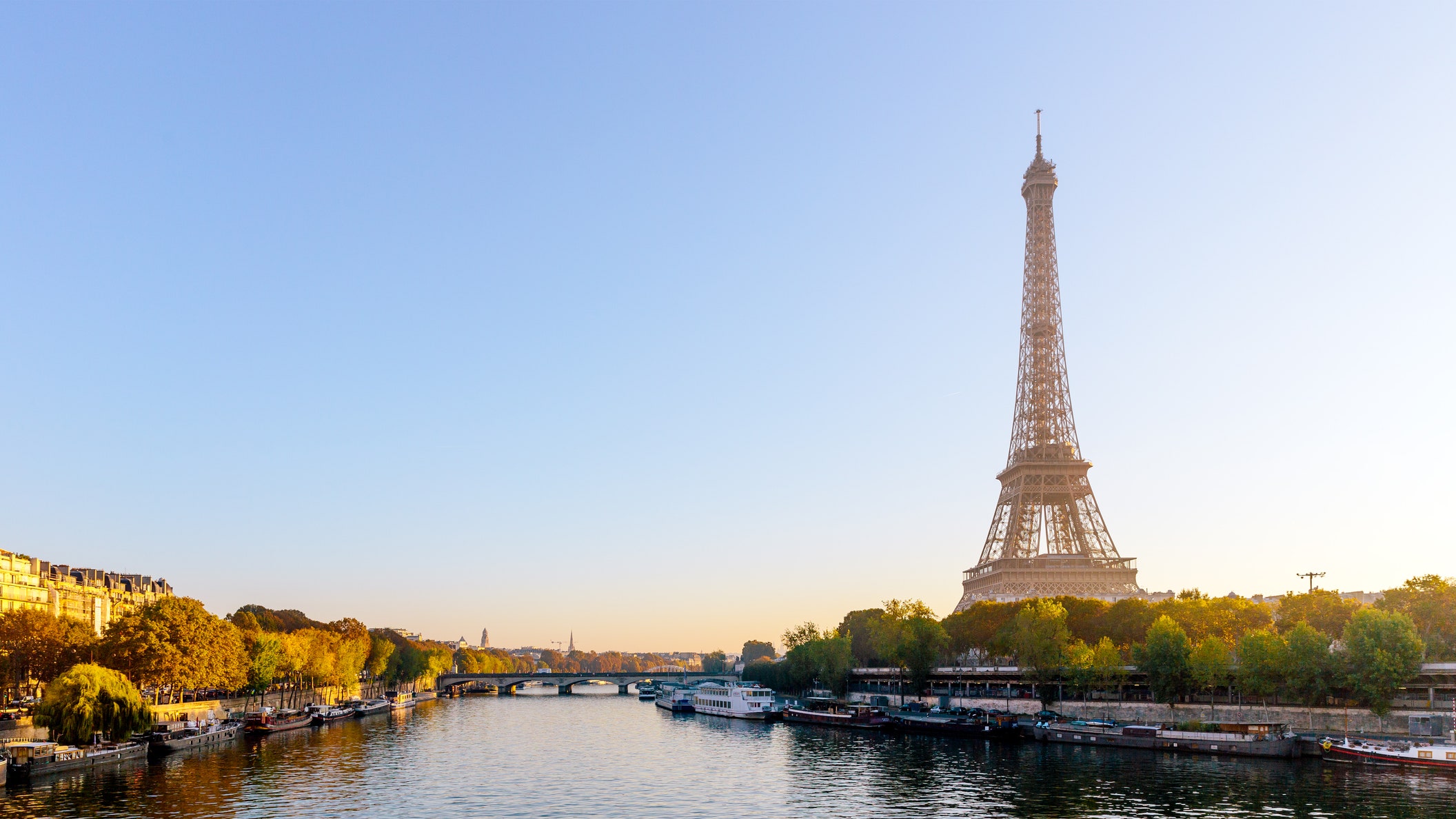With public scepticism around the idea that the Seine will be safe to swim in by the Olympic Games growing, the city's officials have taken to the waters themselves to show that the plans are on track.
On Wednesday, July 17, after months of anticipation and with just over a week to go until the Olympics begin, Paris' Mayor Anne Hidalgo took a dip in the Seine in a bid to persuade the world that the city is ready and the waterways are clean.
The swim was due to happen a month earlier however, due to summer's late arrival and heavy rainfall in the spring, the water repeatedly failed tests for cleanliness.
Paris set itself a deadline to transform the Seine and nearby streets into a spotless stage for the 2024 Olympics. Mayor Anne Hidalgo made a promise to Parisians: to clean up the river and make it swimmable before the games begin. After all, in 1900, when the first Olympic Games were held in Paris, swimming in the Seine was allowed.
The activity has been banned for over 100 years since. But Paris’s municipal authorities have been working since 2015 to improve the quality of the river and its surrounding areas. In fact, in the summer there are already a handful of swimming sites in the city. These are mostly on small canals leading to the river or in pools constructed alongside it. One of the canalside options is the Bassin de la Villette, Paris' largest artificial lake.
The grand plan
More than one billion euros have been spent in the ongoing attempt to clean up the Seine in preparation for the games.
What other steps will Paris take to achieve its goal? First, improvements to wastewater treatment capacity are being carried out on the outskirts of Paris, mainly in Noisy-le-Grand and Valenton. These efforts will reduce the discharge of pollutants into waterways that occur during heavy rainfall. Another initiative to prevent pollution from reaching the river is a planting program to increase the vegetation on its banks. This will help slow the flow of water into the Seine, allowing it to be absorbed into the ground instead.
Plans for the highly-anticipated 2024 Paris Olympics are now in full swing, and reports state that a series of Olympic swimming events are due to utilise Paris' central waterway. Most interestingly, there's no plan B, besides pushing the events back by a few days in case rainfall overwhelms the historic sewage systems and re-pollutes the river.
Best of all, these won't just be temporary swimming areas – by 2025, the open-air swimming areas along the Seine will be accessible from the quayside. The Mayor of Paris, Anne Hidalgo, recently revealed the swimming areas as Bras Marie, Bras de Grenelle, and Bercy.
This isn’t the only challenge that Paris has embraced. It aims to be one of Europe’s greenest cities by 2030. Measures being adopted in pursuit of that goal include reducing vehicular traffic, banning all petrol cars by 2030 (diesel vehicles are scheduled to be phased out by 2024), creating new spaces and parks, and introducing new bicycle paths. We like to think that the planet is rooting for Paris to succeed.
This article was originally featured on Condé Nast Traveler España.
